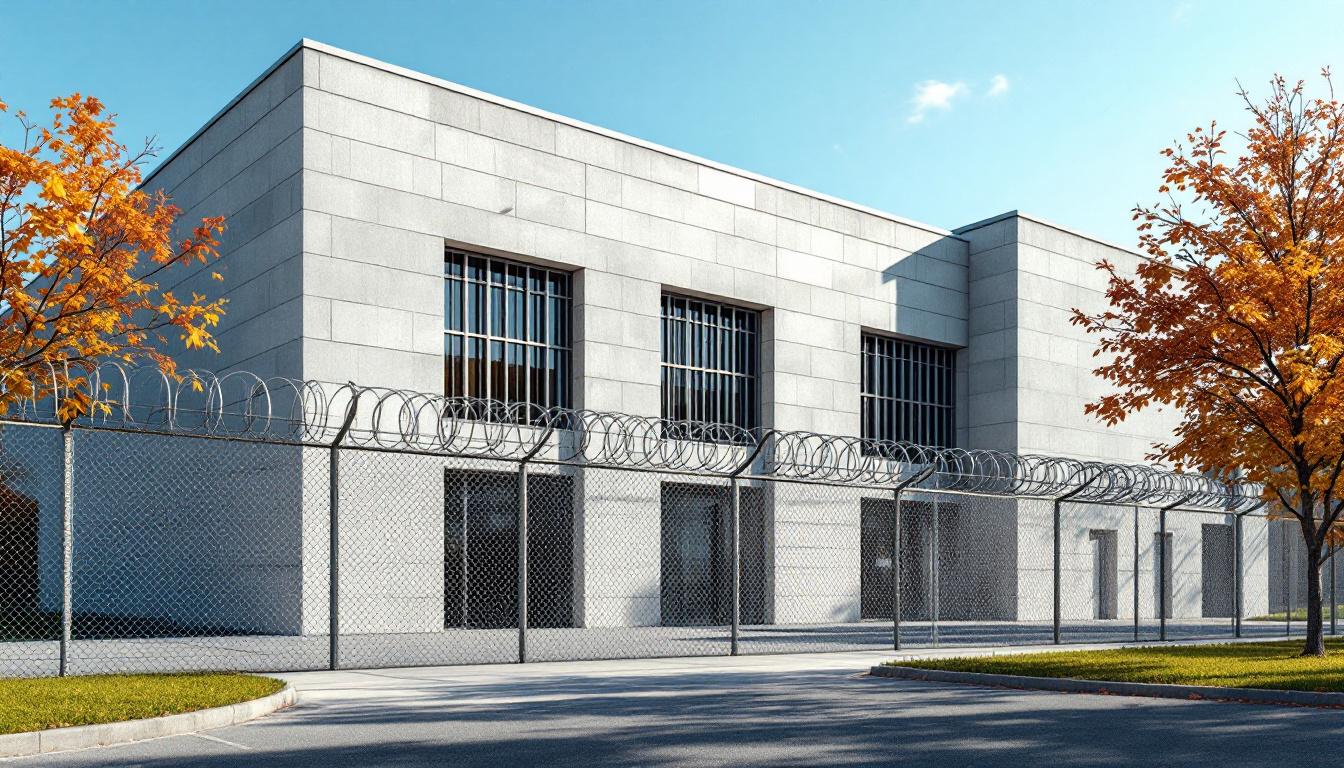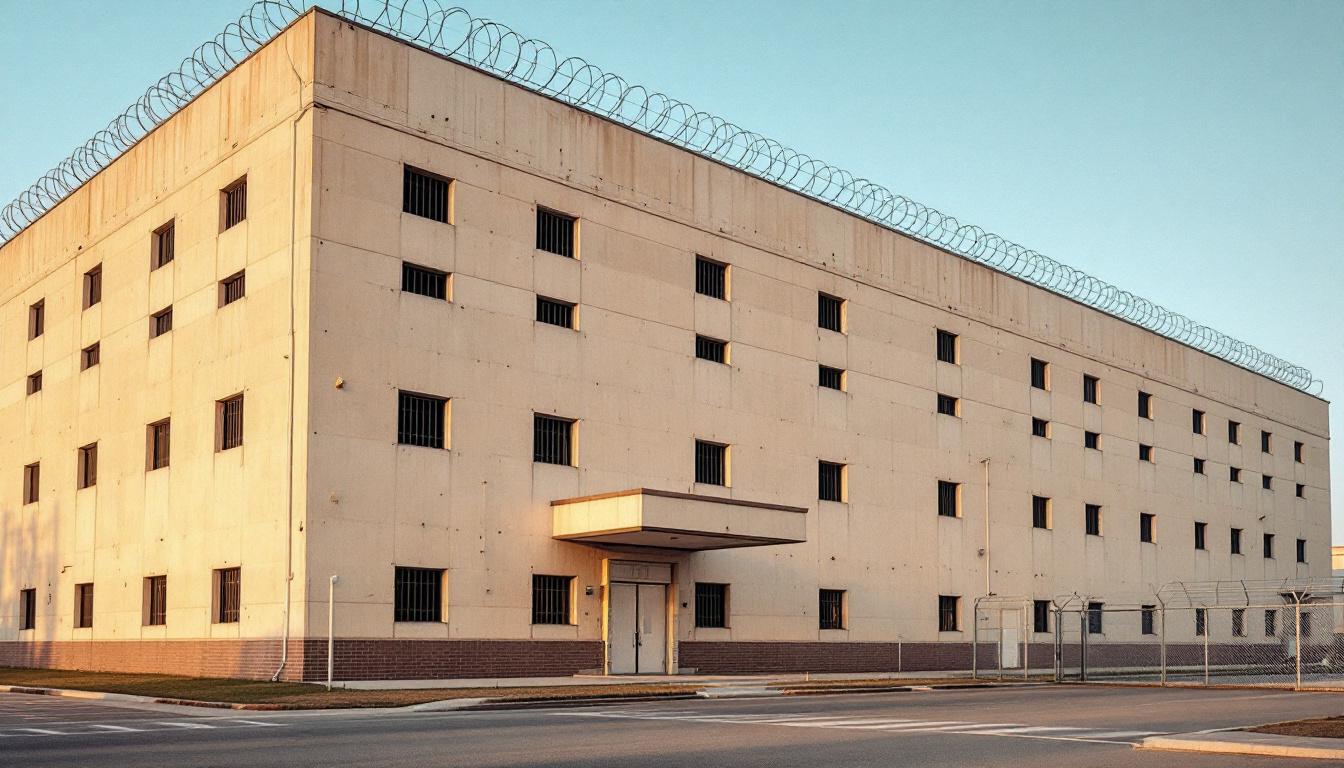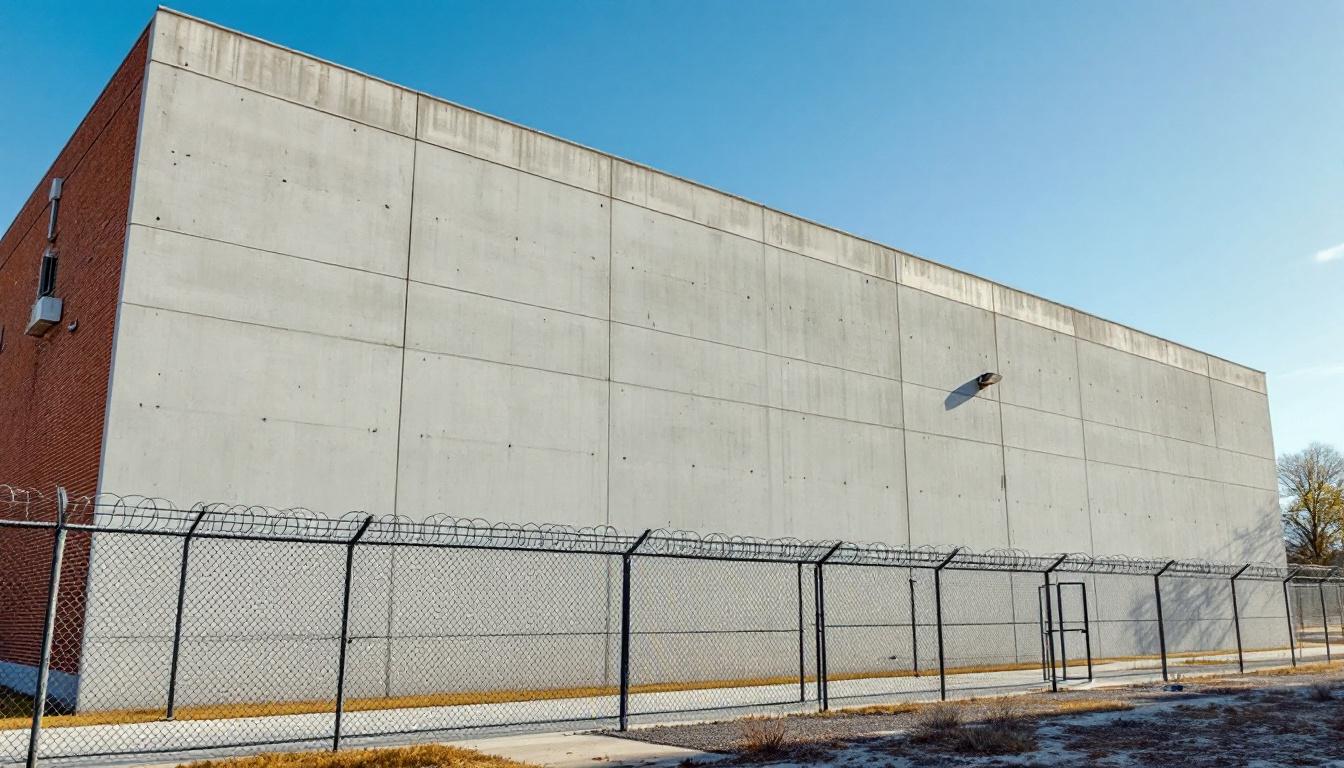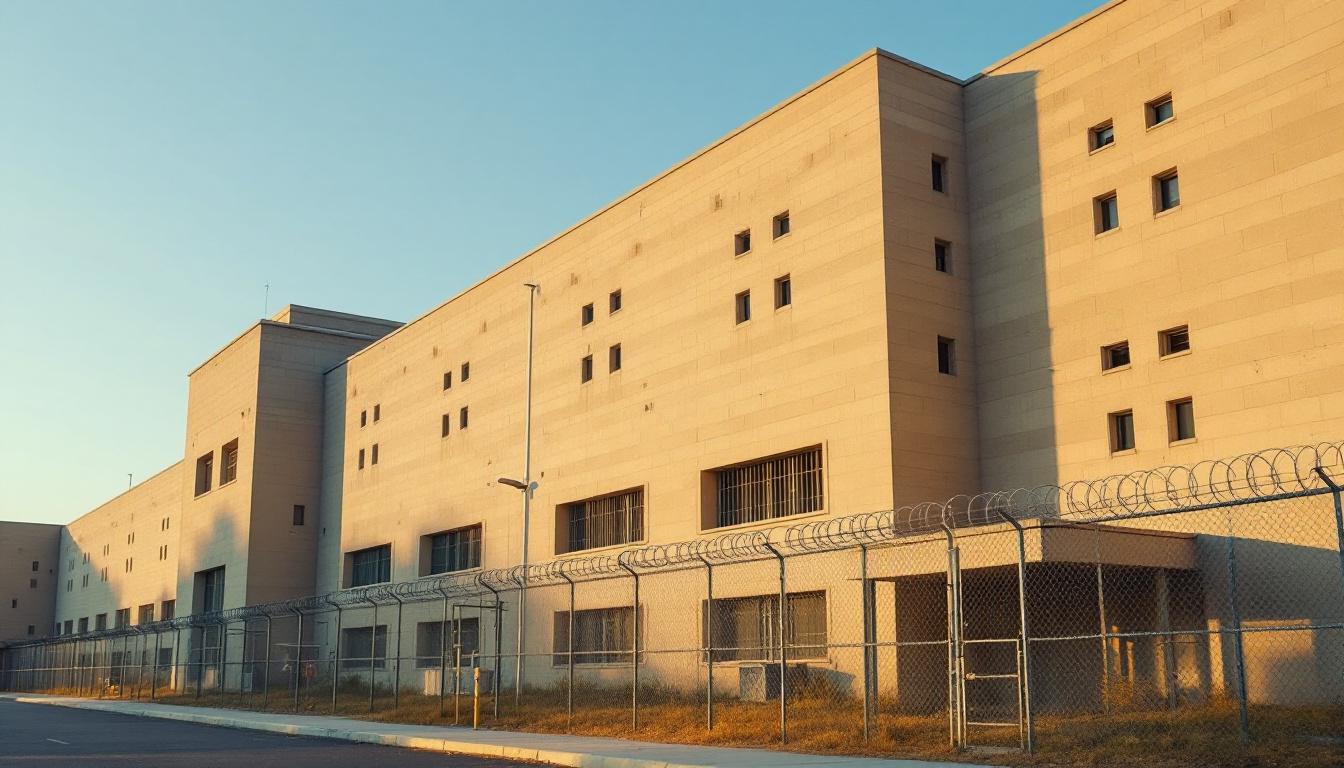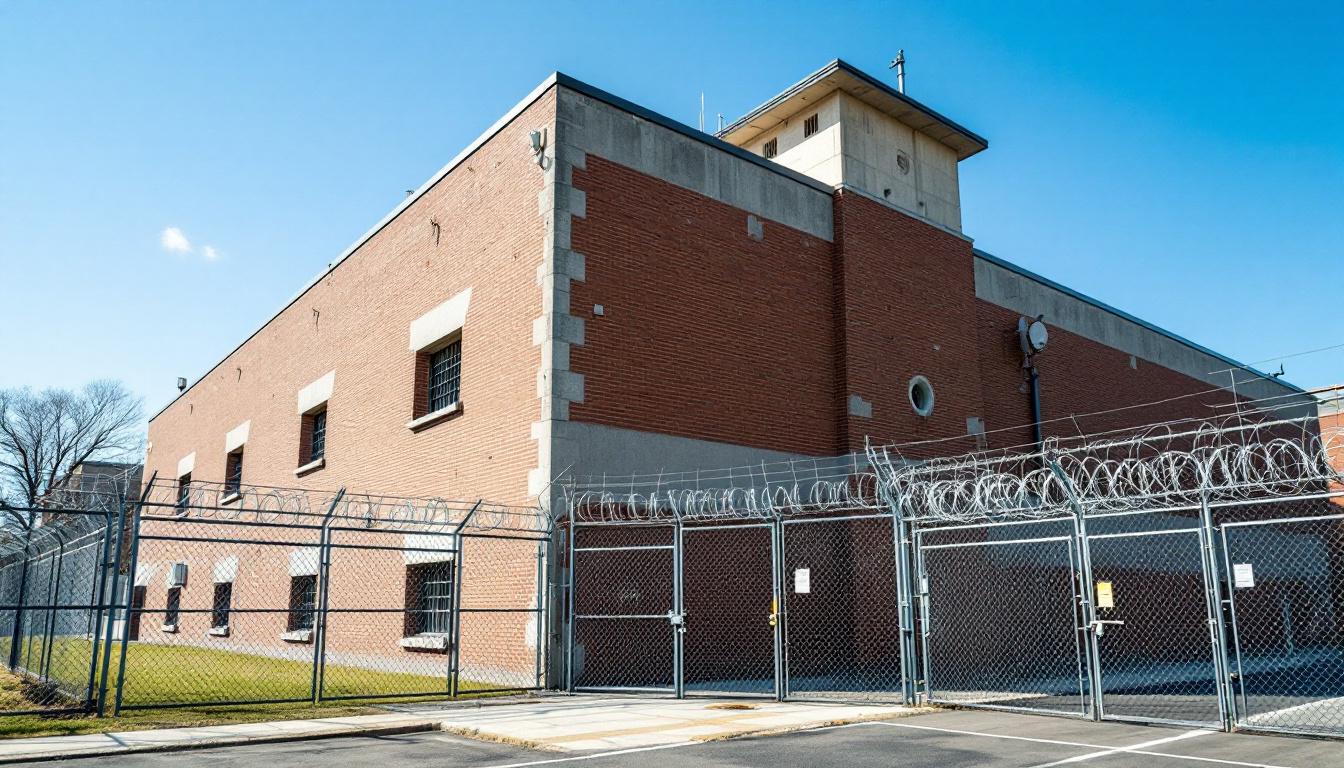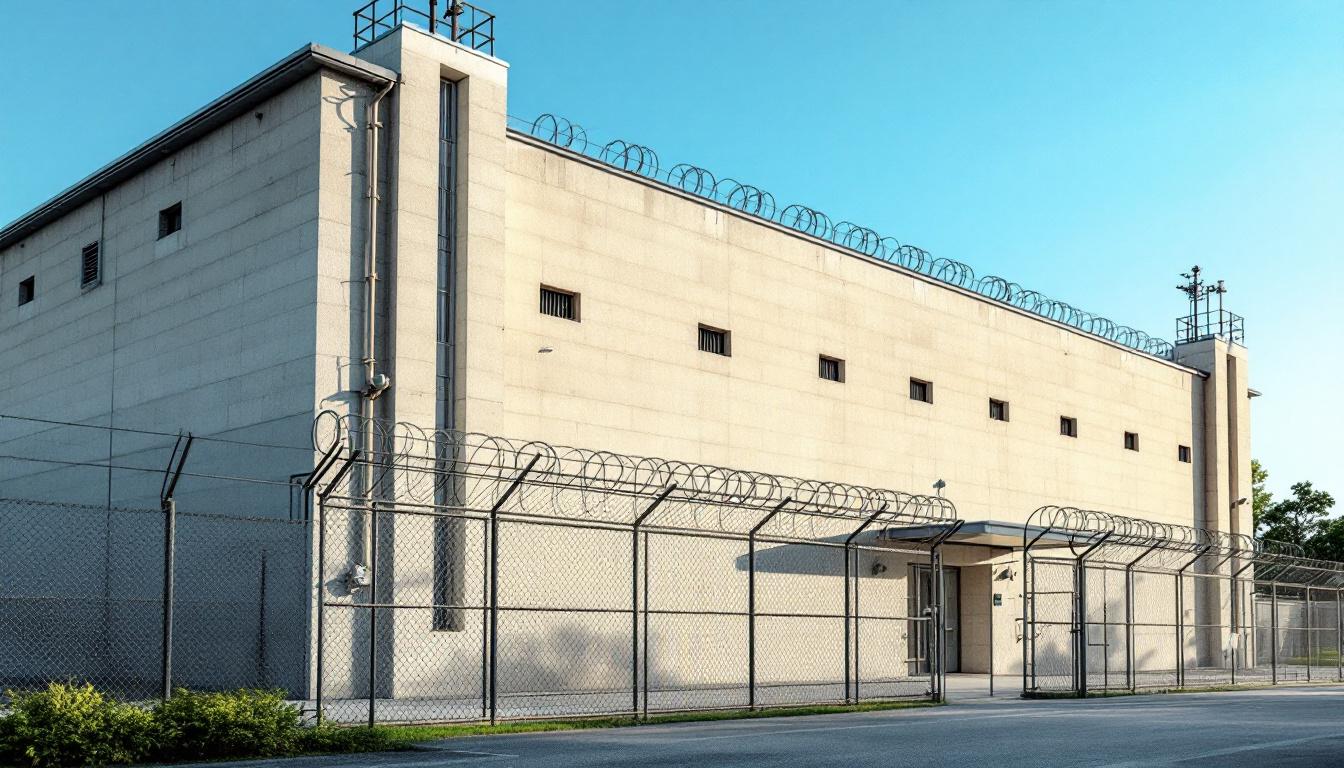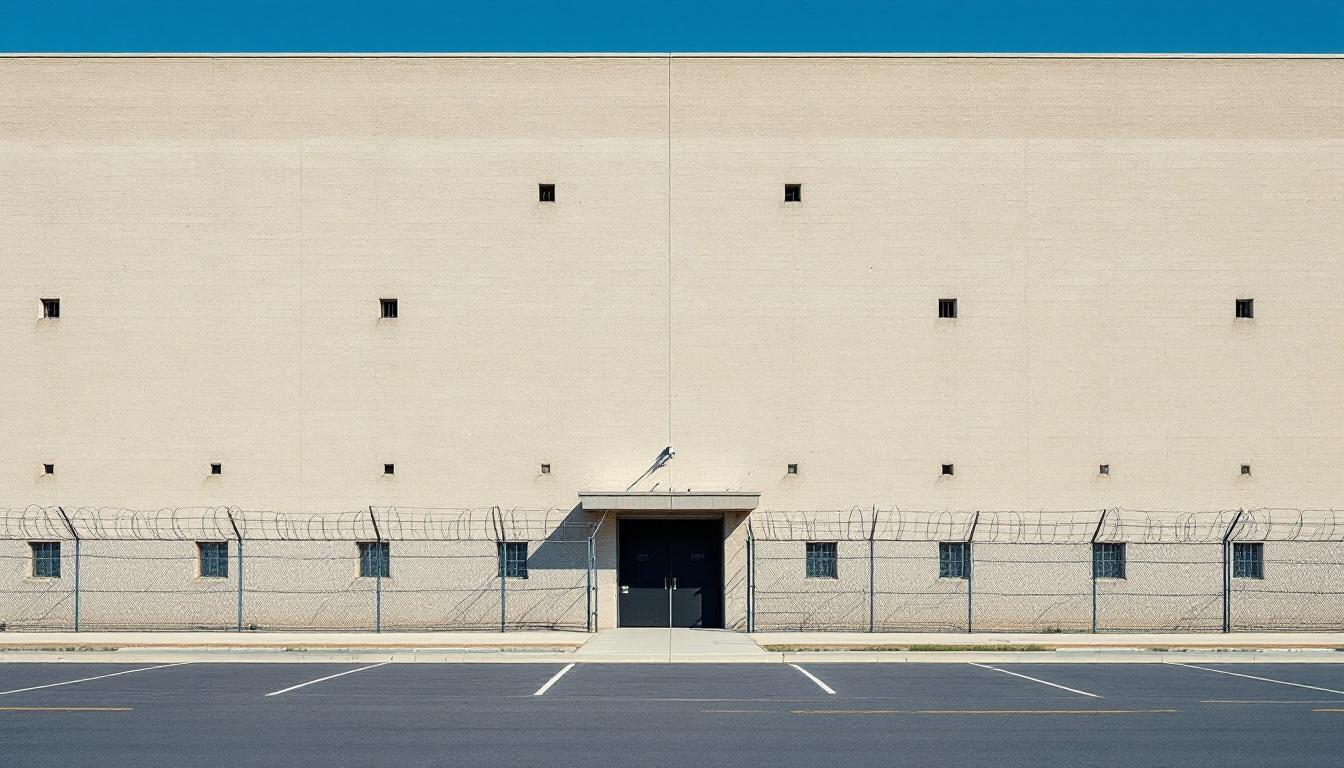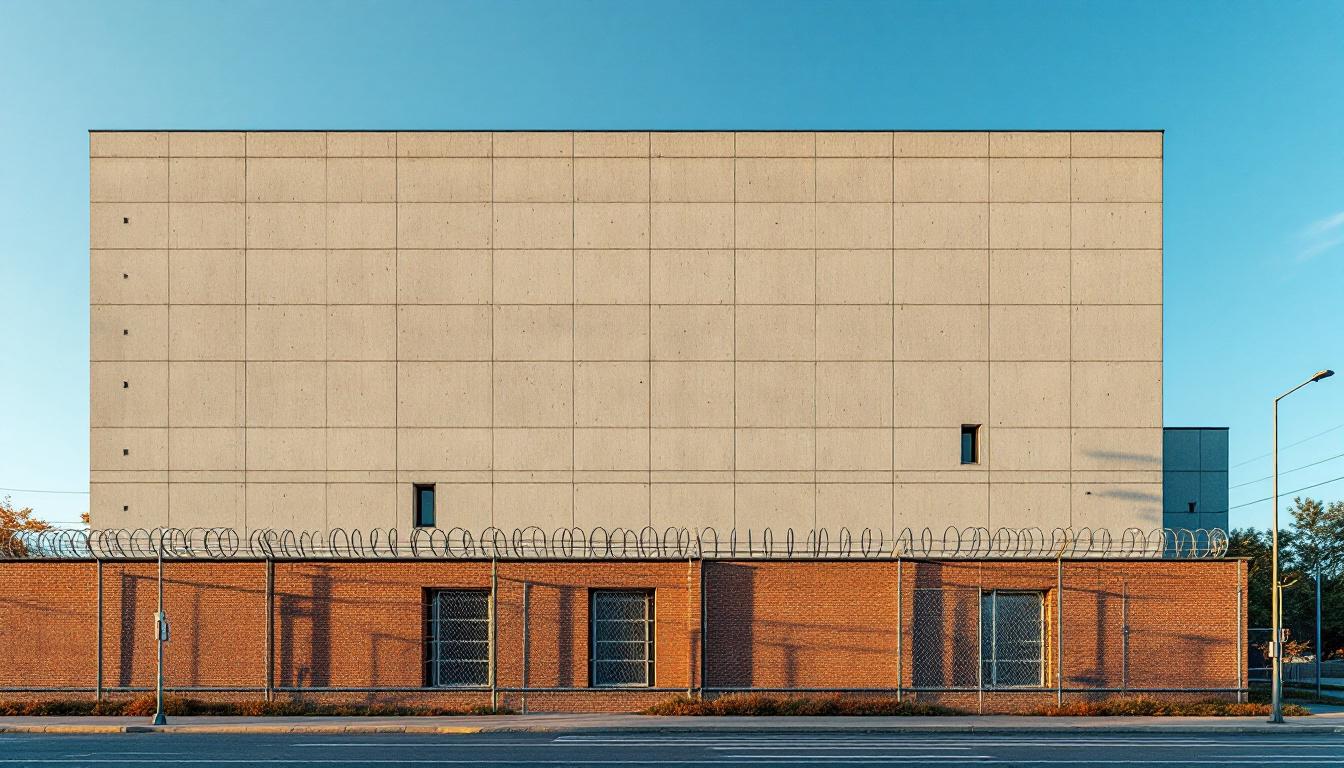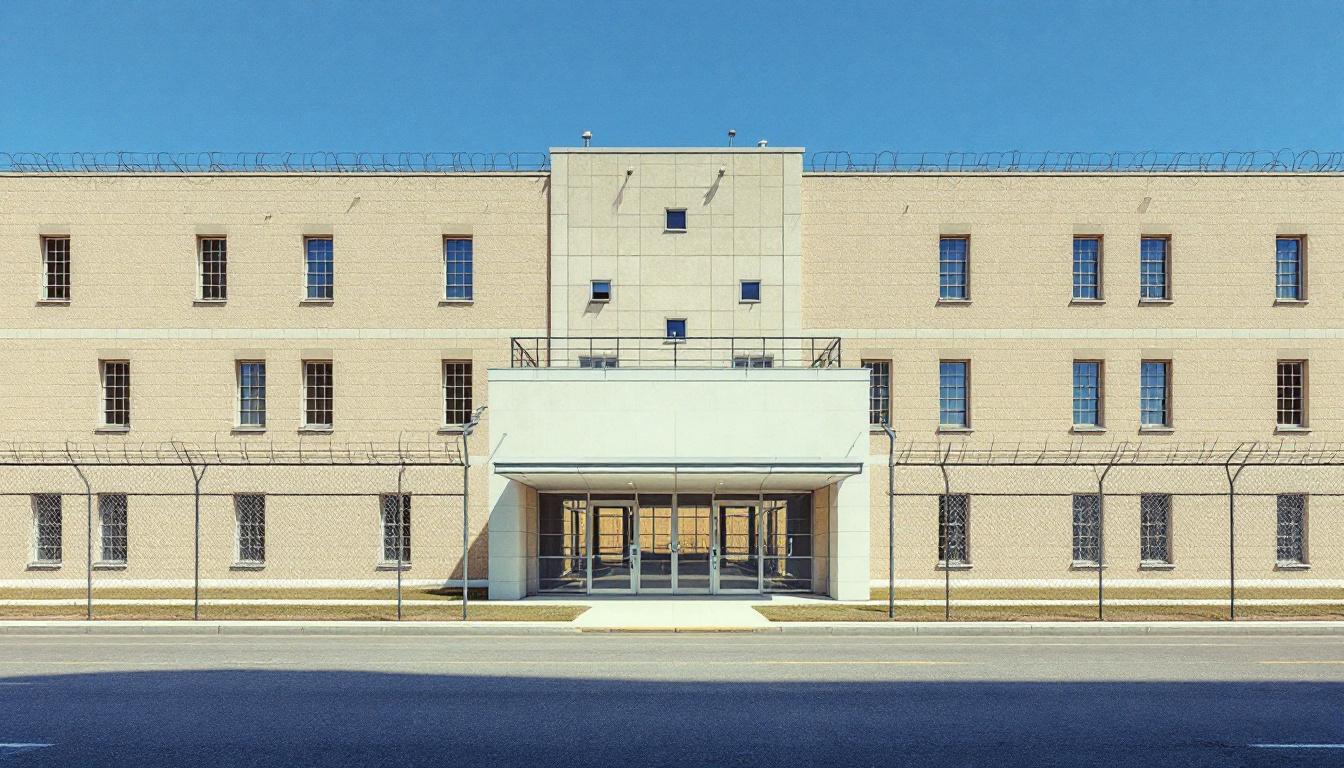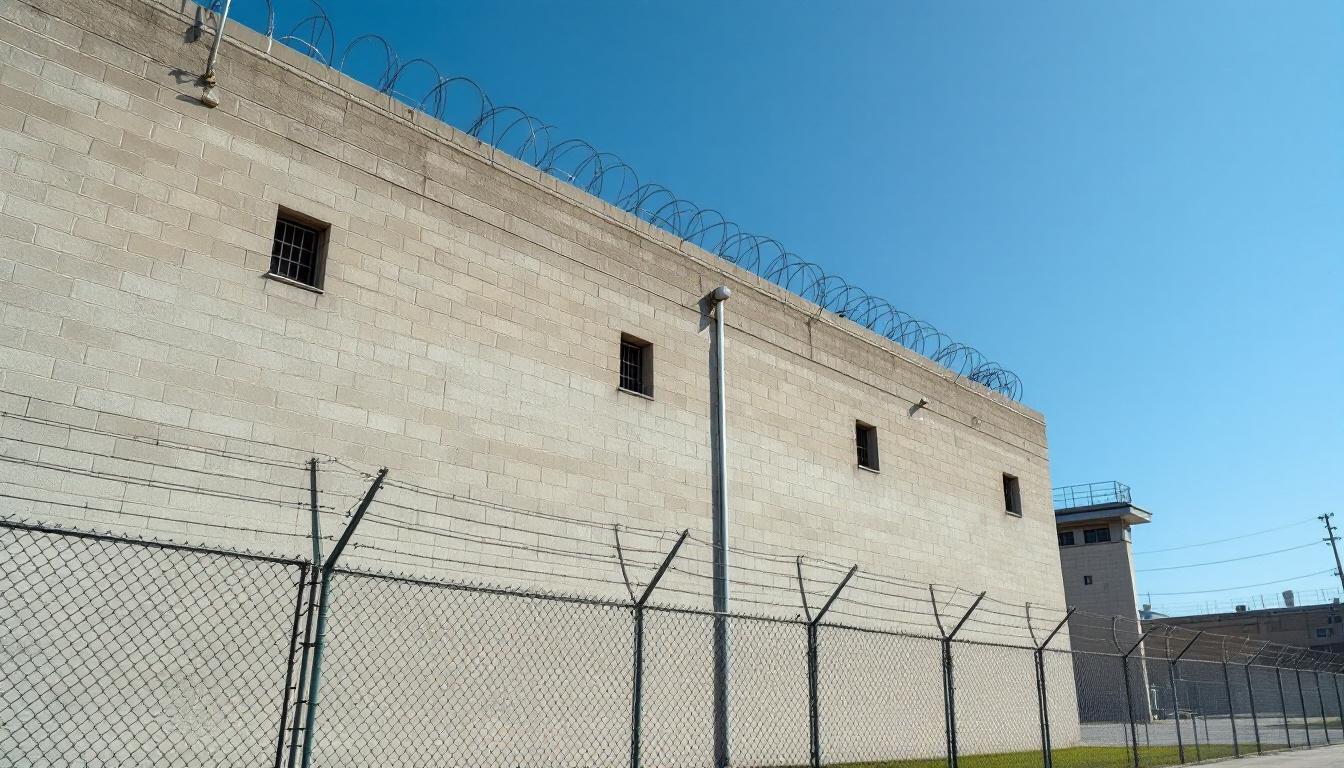
Quick Navigation
How to contact an inmate at The Transition House, Inc. - Work Release Program
This comprehensive guide will walk you through how to connect with an inmate at The Transition House, Inc. - Work Release Program. Follow the steps below to find an inmate and send letters and photos:
- Search for the inmate using our search tool below
- Create your account or log in to Penmate
- Write your message (up to 6,000 characters)
- Send instantly - inmates receive printed copies daily
Find an Inmate
Search for an inmate to start communicating today
Tip: You can search by first name, last name, or inmate ID number
To contact a person at The Transition House, Inc. - Work Release Program start by searching for the person on the facility website. Perform a search by following these steps:
- Step 1: Enter their first name and last name into the search form and click "Search"
- Step 2: Locate their inmate record
- Step 3: Write down their Inmate ID and any housing information provided
Important! Be sure to enter the person's full name. Nicknames should not be used.
How to Send Messages to Inmates

You can use your phone or computer to send emails, letters, and photos to an inmate. Messages are sent electronically to inmate tablets or kiosks at the facility. If you would like to send a message, start by searching for an inmate at The Transition House, Inc. - Work Release Program.
Sending Photos and Postcards

A great way to send love and support to a loved one at The Transition House, Inc. - Work Release Program is to send photos and postcards. It only takes a few minutes to send photos from your phone and it makes a huge difference. You can also mail postcards with words of support and inspiration, or design your own postcard for special moments like birthdays and holidays.
Important! Be sure not to send any explicit photos or they may not be approved by the facility. You can also use a photo printing app like Penmate to make sure your photos are printed at the correct size (4x6 or 3x5) and are mailed according to the rules and regulations of The Transition House, Inc. - Work Release Program.
Frequently asked questions about The Transition House, Inc. - Work Release Program
-
How long does it take to deliver a message?
If you're sending an email message your letter is usually delivered within 24-48 hours. For messages sent via mail you should expect delivery within 3-7 days. All messages will need be approved by The Transition House, Inc. - Work Release Program.
-
How much does it cost to send a message to The Transition House, Inc. - Work Release Program?
You can send a message free using your phone or mail a message via USPS for the price of a $0.60 stamp and envelope. You can also purchase credits or e-stamps from services starting at $1.99.
-
What services can I use to contact an inmate at The Transition House, Inc. - Work Release Program?
Penmate
You can use Penmate to send letters and photos to an inmate from your phone. It's an easy way to stay in touch during your loved one's incarceration. Use the inmate locator to find an inmate's location and contact information, then you can send messages within a few minutes.
Securus messaging
Securus may be another option for communicating with an inmate at The Transition House, Inc. - Work Release Program. You can create a friends and family account and purchase credits to send messages. All messages will be reviewed and must be approved by the facility.
JPay
Some county jails and state prisons may support sending messages with JPay. You must register an account with the system, find your loved one, and purchase stamps to send messages. For some locations you can also attach photos.
Smart Jail Mail
You may also check if Smart Jail Mail is available at The Transition House, Inc. - Work Release Program. Smart Jail Mail is operated by Smart Communications and has contracted with some state and county jails. After purchasing credits, your messages and photos are sent to the facility, printed out, and then handed out to your loved one.
-
What is the mailing address of The Transition House, Inc. - Work Release Program?
Mailing address:
The Transition House, Inc. - Work Release Program
550 N Restwood Ave
Bartow, FL 33830
Phone: (863) 733-4181 -
What are the visiting hours at The Transition House, Inc. - Work Release Program?
Visiting hours at The Transition House, Inc. - Work Release Program vary by housing unit and security level. Generally, visits are scheduled on weekends and holidays, with some facilities offering weekday visits. Contact the facility directly at (863) 733-4181 or check their website for the current visiting schedule. Visits typically last 30-60 minutes and must be scheduled in advance.
-
What items are prohibited when sending mail to The Transition House, Inc. - Work Release Program?
Prohibited items typically include: cash, personal checks, stamps, stickers, glitter, glue, tape, staples, paperclips, polaroid photos, musical or blank greeting cards, hardcover books, magazines with staples, and any items containing metal or electronics. Only send letters on plain white paper with blue or black ink. Photos must be printed on regular photo paper (no Polaroids). Always check with The Transition House, Inc. - Work Release Program for their specific mail policies.
-
How do I send money to an inmate at The Transition House, Inc. - Work Release Program?
You can send money to an inmate at The Transition House, Inc. - Work Release Program through several methods: 1) Online using JPay, Access Corrections, or the facility's approved vendor, 2) Money orders mailed directly to the facility with the inmate's name and ID number, 3) Kiosks located in the facility lobby, or 4) Over the phone using a credit or debit card. Fees vary by method, typically ranging from $2.95 to $11.95 per transaction.
-
Can I schedule a video visit with an inmate at The Transition House, Inc. - Work Release Program?
Many facilities now offer video visitation as an alternative to in-person visits. At The Transition House, Inc. - Work Release Program, video visits may be available through services like Penmate, Securus Video Connect, GTL, or ICSolutions. Video visits typically cost $10-20 for 20-30 minutes and must be scheduled in advance. You'll need a computer or smartphone with a camera and reliable internet connection. Contact the facility for their specific video visitation policies and approved vendors.
-
What identification do I need to visit an inmate at The Transition House, Inc. - Work Release Program?
All visitors must present valid government-issued photo identification such as a driver's license, state ID, passport, or military ID. Minors must be accompanied by a parent or legal guardian who can provide the minor's birth certificate. Some facilities require visitors to be on the inmate's approved visitation list, which may require a background check. Contact The Transition House, Inc. - Work Release Program for specific ID requirements and visitor approval procedures.
-
How can I find out an inmate's release date?
To find an inmate's release date at The Transition House, Inc. - Work Release Program, you can: 1) Use the online inmate search tool if available, 2) Call the facility's records department, 3) Contact the inmate's case manager or counselor, or 4) Have the inmate provide this information during a call or visit. For privacy reasons, some facilities only release this information to immediate family members.
Facility Overview
Contact Information
The Transition House, Inc. - Work Release Program550 N Restwood Ave
Bartow, FL 33830
Phone: (863) 733-4181

About The Transition House, Inc. - Work Release Program
Nestled in Polk County's heart, Bartow serves as home to a correctional facility dedicated to bridging the gap between incarceration and community reintegration. The Bartow Community Release Center, FL operates as a transitional hub where residents prepare for their return to society through structured programming and gradual community integration. This FL correctional facility typically emphasizes skill development and personal accountability, helping individuals rebuild connections with their families and neighborhoods while maintaining the security protocols essential to public safety.
Within Florida's broader correctional network, this facility often focuses on providing residents services that address the practical challenges of reentry. Educational opportunities may include basic literacy programs, vocational training, and life skills workshops designed to enhance employment prospects upon release. The correctional facility generally maintains partnerships with local organizations to facilitate job placement assistance and community service opportunities, allowing residents to contribute positively to the Bartow area while completing their sentences.
The facility's approach to rehabilitation typically centers on preparing individuals for successful community reintegration through a combination of structured daily routines and increasing levels of responsibility. Residents may participate in work-release programs, attend counseling sessions, and engage in community-based activities that help them develop the tools necessary for long-term success. This community-centered model recognizes that effective corrections involves not just punishment, but also the development of skills and attitudes that support law-abiding citizenship in Bartow and surrounding communities.
Programs & Services
Therapeutic interventions and skill-building initiatives form the cornerstone of rehabilitation efforts at Bartow Community Release Center, emphasizing a comprehensive approach to resident reintegration. The facility typically operates under the philosophy that successful community transition requires addressing multiple aspects of an individual's life, including educational gaps, substance abuse challenges, and employment readiness. This holistic framework may deliver coordinated services that help residents develop the tools necessary for long-term success while maintaining accountability within a structured environment.
Educational initiatives often include basic literacy programs, GED preparation courses, and vocational training opportunities designed to enhance residents' marketability upon release. These programs typically focus on practical skills that align with local job market demands, helping participants build confidence while acquiring credentials. Employment readiness workshops may cover resume writing, interview techniques, and workplace communication skills. In addition to this, the facility often provides computer literacy training and financial management education to ensure residents can navigate modern employment and personal finance requirements effectively.
Support services and therapeutic initiatives typically encompass work release programs that allow qualified residents to maintain employment in the community while completing their sentences. Substance abuse treatment may deliver both individual and group counseling sessions, focusing on relapse prevention and coping strategies. Creative writing workshops often serve as both therapeutic outlets and skill-building opportunities, helping residents process their experiences while developing communication abilities. These combined initiatives typically work together to address the underlying factors that may contribute to recidivism, providing residents with practical tools and emotional support necessary for successful community reintegration.
Daily Life & Visitation
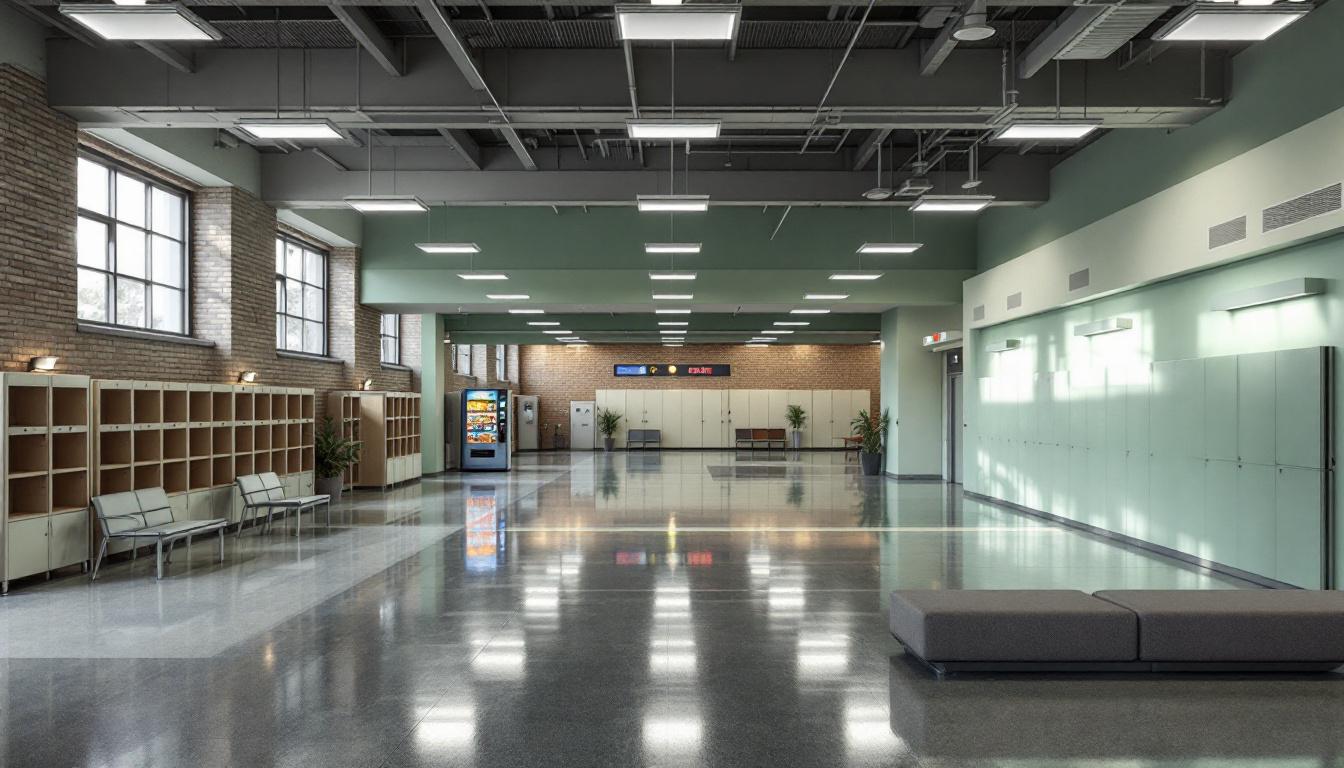
The rhythm of structured schedules now governs every aspect of residential life, with clearly defined periods for meals, programming, work assignments, and personal time that residents follow regularly. This predictable framework typically begins with early morning wake-up calls and continues through evening hours, delivering the consistency that many residents find helpful for personal growth and rehabilitation. Count times occur at regular intervals throughout the day, ensuring accountability while maintaining the orderly flow of daily activities.
Living accommodations at the facility generally feature dormitory-style housing units where residents share common areas and sleeping quarters. Personal belongings are typically limited to approved items, though residents may usually purchase additional necessities and comfort items through the commissary system. Meals are served in a central dining area at designated times, with residents often rotating through different seating arrangements to accommodate the facility's population. In addition to this structured meal schedule, residents may have opportunities to participate in food service work assignments that provide valuable job training experience.
Despite this highly regulated environment, residents typically have access to various recreational activities that may include outdoor exercise periods, television viewing in common areas, and organized sports when weather and staffing permit. Programming schedules often deliver educational classes, substance abuse counseling, and job readiness training designed to support successful reintegration into the community. Family connections remain important through regularly scheduled visitation periods and phone privileges, though these communications generally operate within specific time frames and guidelines established by facility policies.
Ready to Connect?
Start communicating with your loved one today
Search for an Inmate
